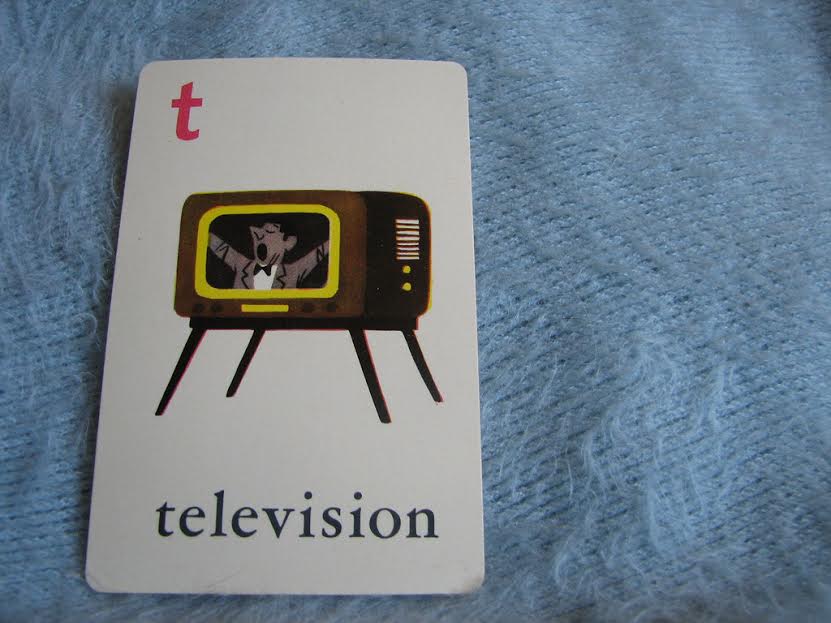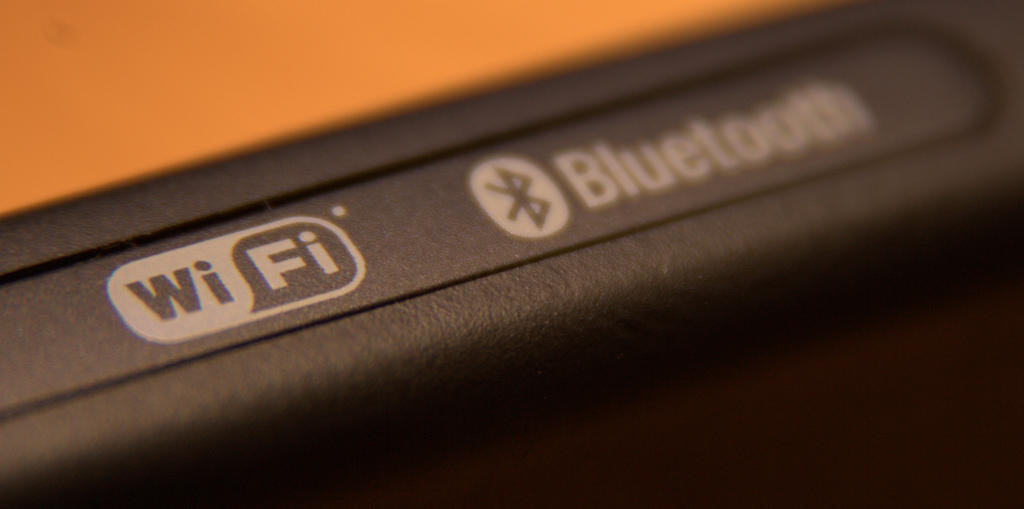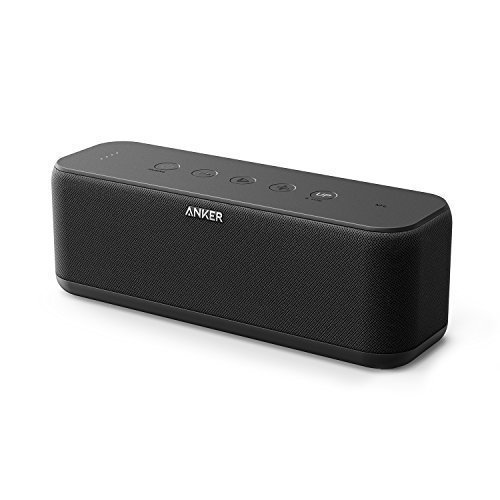For many years, turning on the television for March Madness could incite another type of madness as frustrated viewers found that their favorite matchups were not being televised.

For years the network had to deal with opening rounds that featured 16 games a day and attempt to decide which one was most worthy of their air time. Fortunately, some innovative broadcast arrangements have remedied that situation. The 2014 edition of the NCAA tournament once again finds CBS Sports utilizing a number of basic-cable outlets to provide additional options for viewers. Fans can navigate their way to preferred games via on-screen scoring updates, which, in addition to the score, also keep the viewer informed as to where the game is airing.
It’s a far cry from tourneys of the ’80s and ’90s, but even with their current arrangement, complexities like the staggering of start times, unexpected late-game developments, and the simple preferences of viewers make it impossible to provide everybody with the game they want to see–or wish they had seen. There just aren’t enough networks to go around.
And as everyone slides, spins, and jumps there way around Sochi at the Winter Olympics, we are reminded again of what the limitations of TV are. Because Sochi is several hours ahead of the continental U.S., a prime time event there is during working hours for most American viewers. And just as with the NCAA tournament, there are multiple events in different locations that appeal to completely different groups. There’s no way a single network can overcome the complexities involved and get everyone the programming they want to see, and it’s always been that way.
That was until streaming online video reached a high level of performance.
For years, much of the infrastructure of the internet was too slow to keep up with real-time video. It jumped, it froze, it shut down. It just couldn’t move the data fast enough to keep a quality picture and clean sound. Without a sharp picture and clean sound, networks wisely stayed out of online broadcasts, preferring to wait until they could field a product on par with their actual TV offerings, and their advertisers agreed that the delay was best.
But in time, systems have been updated and the information flows much faster these days. Broadcast networks were able to conquer the poor quality that had prevented prior online ventures; their desire to send out images and sounds that met their high standards can finally be fulfilled.
More devices are using the content as well. Super-fast mobile networks even permit live television on your smartphone, and any laptop or tablet can provide a great sports experience from anywhere that wi-fi lurks.
The main limitation at this point was size. It’s tough to have friends over to watch a game that’s available only online; even a big laptop lacks a screen sufficient for ten or twelve people. And there was bound to be a lot of ear strain as viewers attempted to catch the play-by-play.
That hurdle is now behind us as well. Many new television sets are compatible with devices and can wirelessly receive the video, and you can capture the audio through your stereo to get that applause-in-the-ears feeling you always had with TV-only broadcasts.
The impact for the viewer is that there’s no longer a need to miss a game, watch it on a delay, or view it on a tiny screen with scratchy sound. The same flexibility goes with movies, news, and regular episodes of popular series. The only limitation is the viewer’s available time for watching.











